Gardening is one of the best hobbies that one can possess. It does not just benefit the practitioner, but it also benefits the environment around him.
And when these hobbies of gardening at the micro-level are summed up and seen at a macro level, then it appears that they benefit the ecology by miles.
When gardening, there is always a dilemma of how to plant the shrubs and other plants. Do I go for the seeds or any other propagative part, or do I use the cuttings?
While the answer to this can be very subjective, selecting seeds is the most famous option. People believe that if we are starting a hobby, then why not start it afresh.
Also, it does not involve much work during the sowing season as you must prepare the soil, sow the seeds, and be done with sowing.
But as easy as the sowing is while using seeds, the caring and the time involved for germination and growth is more, and this compensates for the easy sewing work.
For plants growing from seeds, proper attention is needed to be given, and the caring task is very tiresome.
If seeds are not a good option if you are looking for an easy and less task-intensive lifecycle of the planet, what is a good option? The answer to this question is cutting.
Cuttings are cut from already grown-up plants, and so the new plant is big enough to need the kind of care a sapling need.
When using cuttings for propagation, you must do more work for planting the new plant as compared to the sowing that is needed with a new seed.
But what is cutting? How can we use it? What are its types? What is the list of plants that grow from stem cuttings and other types of cuttings? Relax. We will cover everything one by one.
What is Plant Cutting?
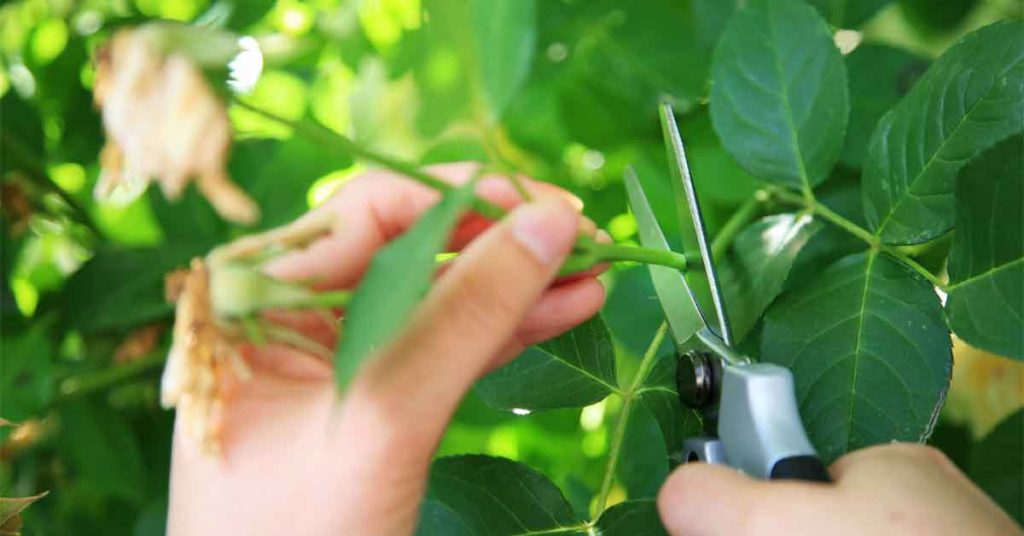
A plant cutting is a propagative practice that can only be carried out manually. Cutting involves literally cutting a propagative part of the plant (whichever is suitable for the plant) and then planting it in the prepared soil after treating it in the fluid of rooting or growth hormones.
The cuttings are made with precision and with proper tools. It is generally done when you cannot get seeds for a plant of a particular species, or you want your new plant to have the same traits as the already existing plants.
Let us learn about the advantages of cutting to understand better why professional gardeners prefer it over any other propagative process.
Benefits of Cutting
Cutting has a lot of benefits that it offers to the gardeners.
Cheaper
As you do not have to run into any store or nursery for new seeds or saplings, the cost involved in using the cutting process is minimal when compared to the other orthodox processes. And because it is cheaper, it can be practiced more often and, in more numbers, and you can afford to give your time into it as the cost in terms of money is low.
Faster Growth
If you want the new plant to grow fast and catch up with the other plants in your backyard, then this might not be possible if you are using seeds. As when using seed, the new plant takes its own time to grow, which is undeniably very long. The benefit of cutting is that you do not have to wait for the new plant to grow, as it is already as big as a sapling in size.
Less Maintenance and Caring
Seeds germinate and give way to saplings, which requires a lot of care. Certain types of cuttings are not that sensitive and hardy and do not require much care or attention. It is like you cultivate a grown-up plant all at once.
Sharing
You can share your plans with someone else like your neighbors or friends if they want the same plant as you have because it is so good. This will also help in building good relations with others. Not to mention, this could go the other way around also.
Mobility
The cutting method of propagation is very mobile. This is because you can cut your old plant to the new place that you are shifting to and grow a new plant there that exactly matches your older plant’s traits. This way, you can have your older plants forever.
Exact Same Type of Plant
When using the cutting method, you are guaranteed a new plant with all its traits like the plant you already possess, but this is not the case when you use seeds as the new plant growing from the seed might have different undesirable traits.
Now that you are familiar with plant cuttings’ benefits let us know about the different types of plant cuttings and look at the list of plants that grow from stem cuttings.
Types of Plant that Grow from Stem Cuttings
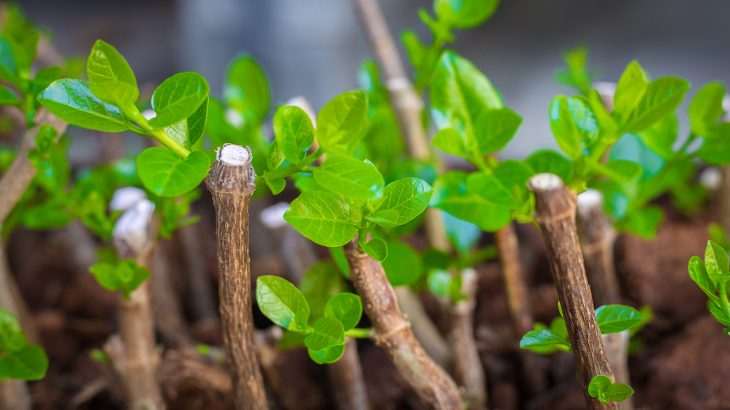
Softwood Cutting
Softwood cuttings are the type of plant cuttings cut from a plant in the summers or springs when fresh branches tend to come out or the stem grows to a new height.
These softwood cuttings are fresh and are propagative, and do not require such a time to turn into a new plant. You will have to look for the new growing parts in the old plant to make the best cutting.
The list of plants that grow from stem cutting or branch cutting using this type of cutting is Aster, Chrysanthemum, hydrangea, Rose, etc.
Greenwood Cutting
Greenwood cutting, as the name suggests, is taken from younger plants. This is done in the types of plants in which the physical growth stops after a certain extent. In this type of cutting, a cutting is made in a plant that is not more than a year old.
The branches are green and vegetative. This means that when planted, these cuttings will grow at a fast pace. It would help if you made the cutting very precisely not to harm the host plant.
The list of plants that grow from the stem cuttings and other types of cuttings in these varieties are Boxwood, Dahlia, Gardenia, etc.
Semi-ripe Cuttings
These types of cuttings are made in plants that are in a later stage. The host plants in these types of plants are older than the greenwood or softwood cutting types. This type of cutting is used when the plant to be grown needs certain maturity to grow well.
This can only make sure if the cutting comes from an already mature plant. Certain shrubs and similar plants do not grow fast enough in the early stage, so to make the growth process fast enough, you can use this method.
The list of plants that grow from stem cutting using these types of cuttings is Azaba, Camellia, Honeysuckle, etc.
Hardwood Cuttings
Hardwood cuttings go a step further than semi-ripe cuttings. In this type of vegetative cutting, a vegetative part of a mature plant is cut. These plants are usually trees or shrubs. This is to make sure that the plant grows well.
Not every plant requires this type of cutting, but for those who do, the cutting is generally made when the plant is observed to be dormant, and the growth seems to have stopped for a while. This indicates that the plant is mature enough.
The list of plants that grow from the stem cuttings using this type of cuttings is Angel’s trumpet, etc.
Steps for Cutting
Let us investigate the steps that are involved in cutting. For cutting, you will require some specific tools like a sharp knife or pruning shears, plastic bags and fertilizers, etc.
- Select the part of the plant that you want to use as a cutting. It can be anything from a stem to a root to a leaf.
- After you have selected the part to be cut, you must make a sharp and precise cut to take off that part of the plant. Make sure not to stamp the base of the cutting in the process, as this will prevent the cutting growth.
- After the party has been cut, you need to put it in rooting hormone liquid for some time to start developing roots.
- Meanwhile, prepare the soil for the plant you want to grow. Apply the right fertilizers and manure.
- Once planted, cover your plant with a plastic bag and provide it with the right humidity or plant it in a humidity place. This is necessary because the humidity is the only water source for the cutting as the underground water cannot be accessed due to the poorly developed roots. Do not cover it in a manner that it is unable to access air.
- Take proper care of it.
Conclusion
We have covered a list of plants that grow from stem cuttings. After this article, you are sure that is of all the benefits a cutting method of vegetative propagation has to offer.
The step by step approach to making a cutting will help you get the desired cutting to grow a new plant from your already existing plant. Try to figure out which type of cutting will suit the plant that you are trying to cultivate.
With cuttings, do not be impatient. Even if they do not show significant growth for a month, there are high chances to grow into a more giant and mature plant eventually

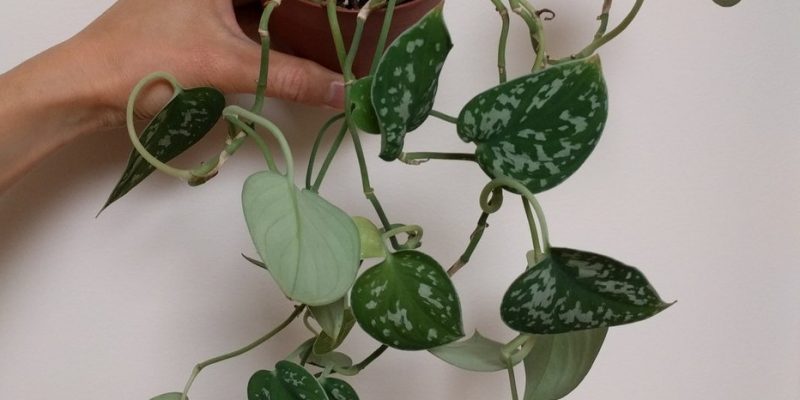


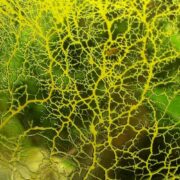
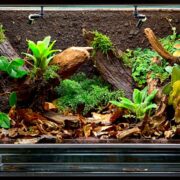

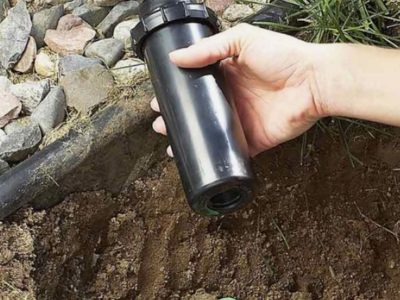
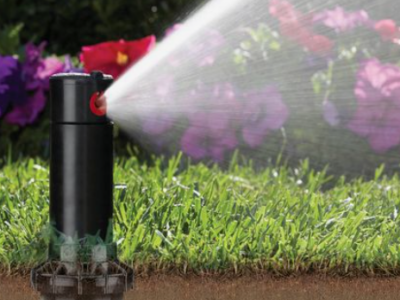

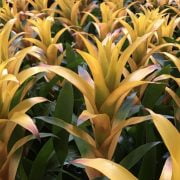


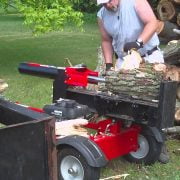
Comments